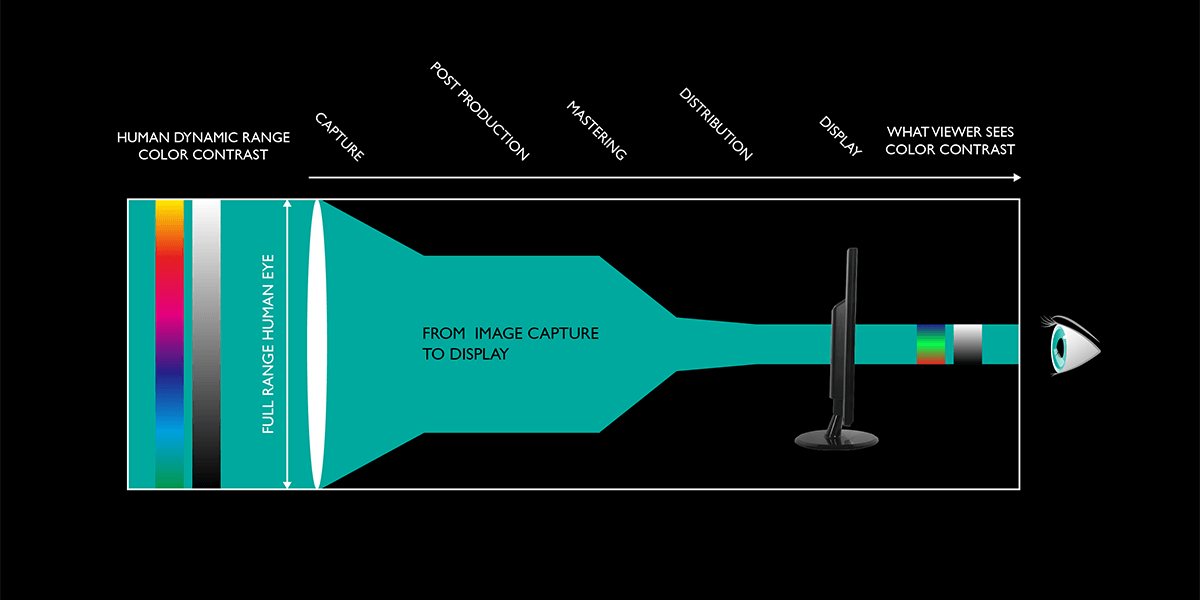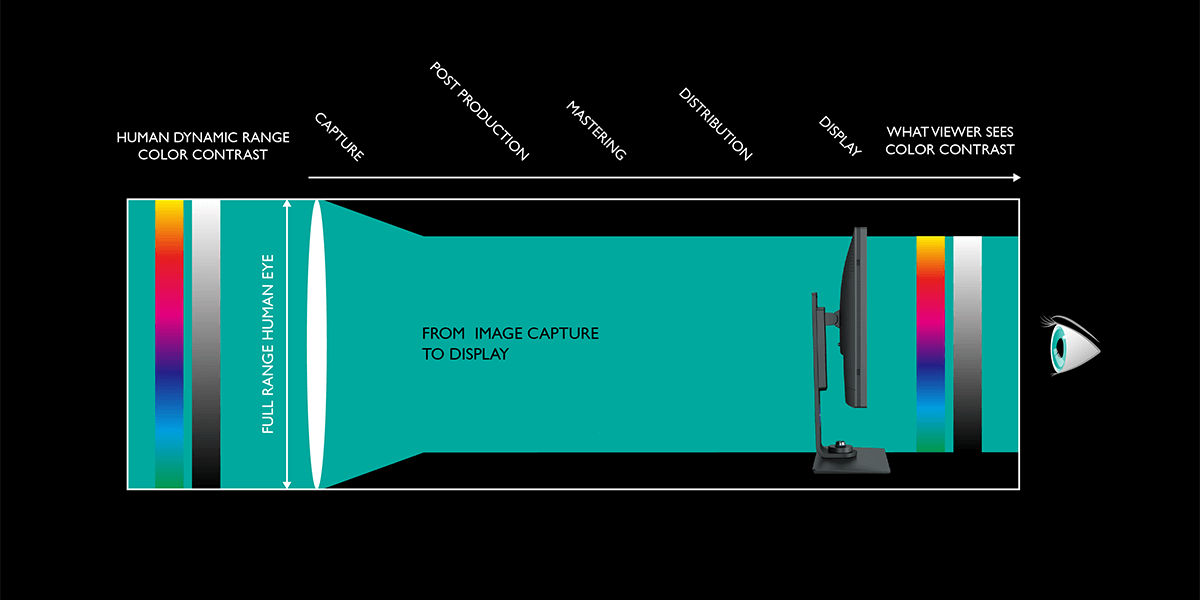

The past decade or so has seen advances in technology that have given the average consumer the ability to drastically enhance their viewing experience beyond what was previously thought. Whereas the jump from standard definition television to high definition television took decades to accomplish, the jump from the now ubiquitous Full HD televisions/projectors to Ultra HD (or higher resolution) televisions/projectors looks to be moving at a much faster pace.
As a sign of this progress, in 2012 the International Telecommunications Union (ITU), an international agency regulating telecommunications under the umbrella of the U.N., released its newest recommendations for the Ultra HD market to help define the parameters for future video broadcast technology. These recommendations are commonly referred to as BT.2020.


Put simply BT.2020, or Rec. 2020, is a set of specifications covering various aspects of video broadcasting which the ITU recommends as standards for Ultra HD projectors and televisions, along with any gear related to their broadcasting.
You can think of them as a way for the ITU to get everybody involved in Ultra HD-related ecosystem on the same path. They include recommendations for resolution, frame rate, bit depth, color range, as well as other values, the main ones of which are detailed in the table below:
Resolution (Square Pixels Only) |
4K: 3840x2160 or 8K: 7680x4320 |
Resolution (Square Pixels Only) Frame Rate (Progressive Scan Only) | 4K: 3840x2160 or 8K: 7680x4320 120p, 119.88p, 100p, 60p, 59.94p, 50p, 30p, 29.97p, 25p, 24p, or 23.976p |
Resolution (Square Pixels Only) Bit Depth | 4K: 3840x2160 or 8K: 7680x4320 10 or 12 bits per sample |
White point |
White point |
Primary colors |
Primary colors |
Primary colors |
Primary colors |
Primary colors |
Primary colors |
|
Color Space | White point xW | White point yW | Primary colors xR | Primary colors yR | Primary colors xG | Primary colors yG | Primary colors xB | Primary colors yB |
ITU-R BT.2020 | White point 0.3127 | White point 0.3290 | Primary colors 0.708 | Primary colors 0.292 | Primary colors 0.17 | Primary colors 0.797 | Primary colors 0.131 | Primary colors 0.046 |
Though BT.2020 encompasses the various specifications listed above, most discussions that currently involve BT.2020 mainly refer to the color range aspect of the BT.2020 specifications. This is due to the fact that while the values defined by BT.2020 in terms of resolution, frame rate, and even bit depth are all already available (if not commonplace) on the market, BT.2020’s color range specifications are a dramatic step up from the color range of the BT.709/Rec. 709 standards that preceded it, standards which are currently universally used. In this way BT.2020 acts as a lodestar for color representation in projectors and televisions, which means products now and into the future will tout their color capabilities using BT.2020 as the standard.
As discussed above, BT.2020 is a set of specifications which has been used to characterize, and consequently market, the next generation of projectors and televisions. But recently there has also been another term that has been bandied about when discussing the capabilities of projectors and televisions and is intertwined in the discussion regarding BT.2020: High Dynamic Range or HDR.
HDR in video refers to the ability to represent a greater contrast of colors by allowing for much brighter “brights”. In terms of contrast, to achieve the contrast level exemplified by HDR, displays and projectors must allow for extremely high luminance levels, ranging from 1,000 to 10,000 nits depending on the HDR standard used. Color on the other hand is where HDR becomes intertwined with BT.2020, because the color range that is required for HDR is the same color range defined by BT.2020.
If HDR and BT.2020 uses the same color range (or more precisely, if HDR uses BT.2020’s color range), the obvious question is what makes HDR different then BT.2020? The answer to this lies in the fact that HDR is defined by contrast/brightness enhancements which are not explicitly outlined in BT.2020’s package of specifications. To address this gap, the ITU in 2016 released its newest recommendations, BT.2100, to include HDR in its specifications, essentially making BT.2100 just BT.2020 plus HDR.
Rec.709 Range

BT.2020 Range

From human visual dynamic range to BT.2020 range

Is “BT.2020 Compatible” the same as BT.2020?
What all of this boils down to is whether or not consumers can obtain equipment that can fully utilize the high imaging standards of BT.2020. Currently there are already a number of products on the market that are using the discussion around BT.2020 to their advantage, with marketing that labels their products as “BT.2020 Compatible”. The fact of the matter is that while there are plenty of projectors and televisions that meet the standards of most of BT.2020’s recommended specifications, there currently are no commercially affordable options that are able to meet BT.2020’s color specifications.
What then does it mean to be “BT.2020 Compatible”? Because there are no products on the market, outside of custom-built specialized equipment, that can actually produce BT.2020 colors, what has happened is that certain brands have identified all the colors in the BT.2020 color range that are outside of the purvey of their hardware, and mapped them onto comparable colors within the BT.709 gamut which their products are capable of producing. Products which are able to do this type of substitution are then labelled “BT.2020 Compatible”.
As one can clearly see this sleight of hand is not the same as saying a product is BT.2020 compliant or features BT.2020 colors. Instead in the near future we can expect brands to continue to develop and refine their technology to finally be able to produce products that fully utilize the colors that are embodied by BT.2020, HDR, and BT.2100.